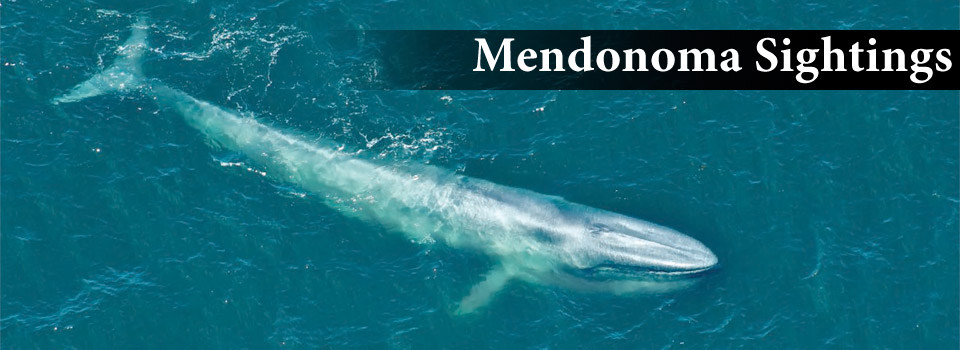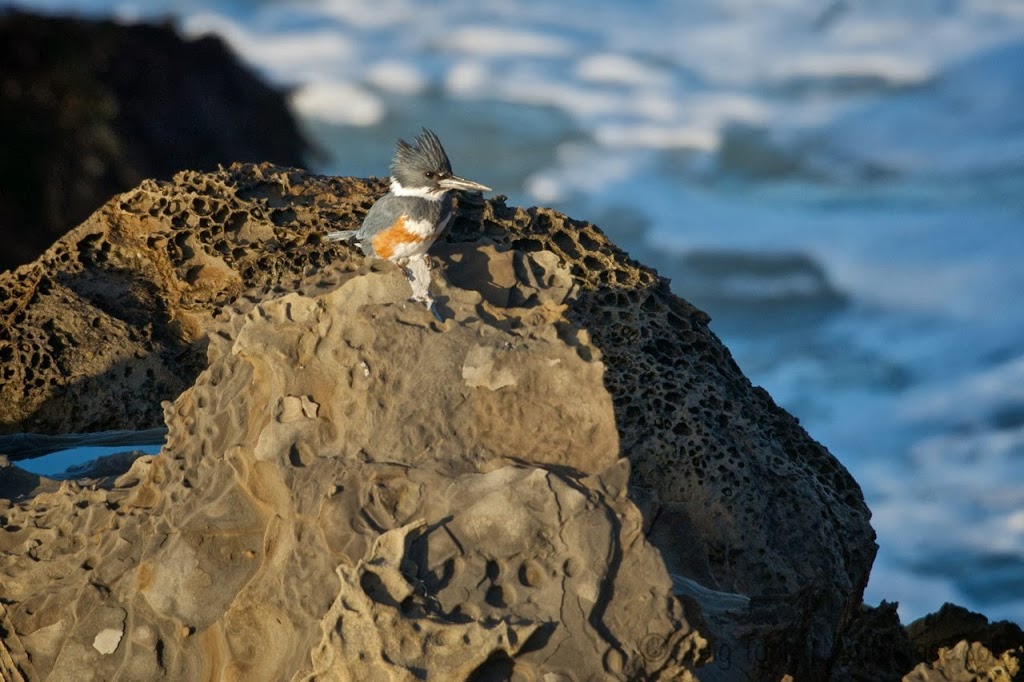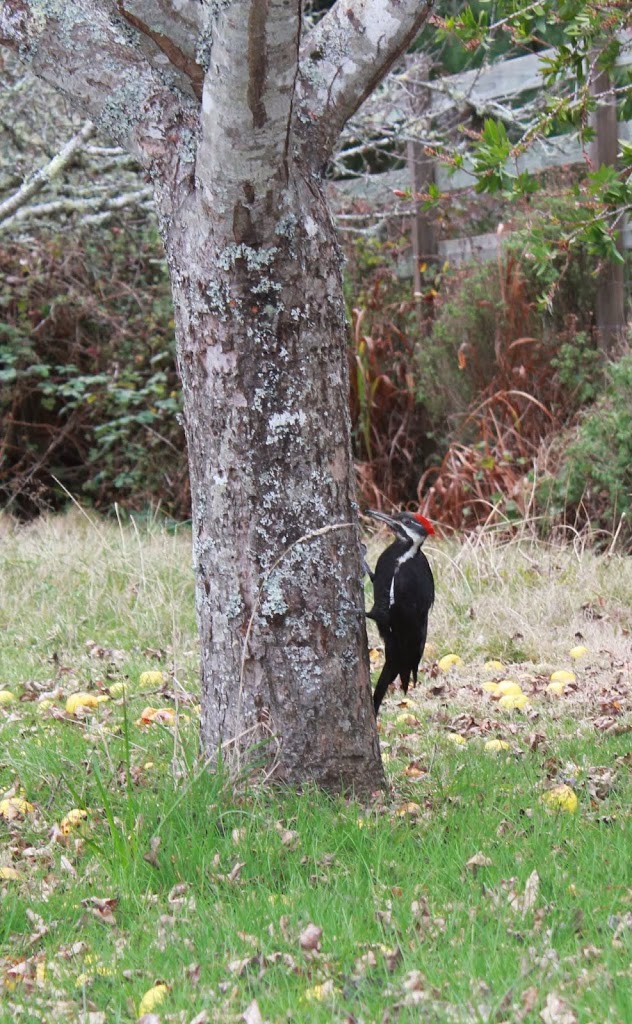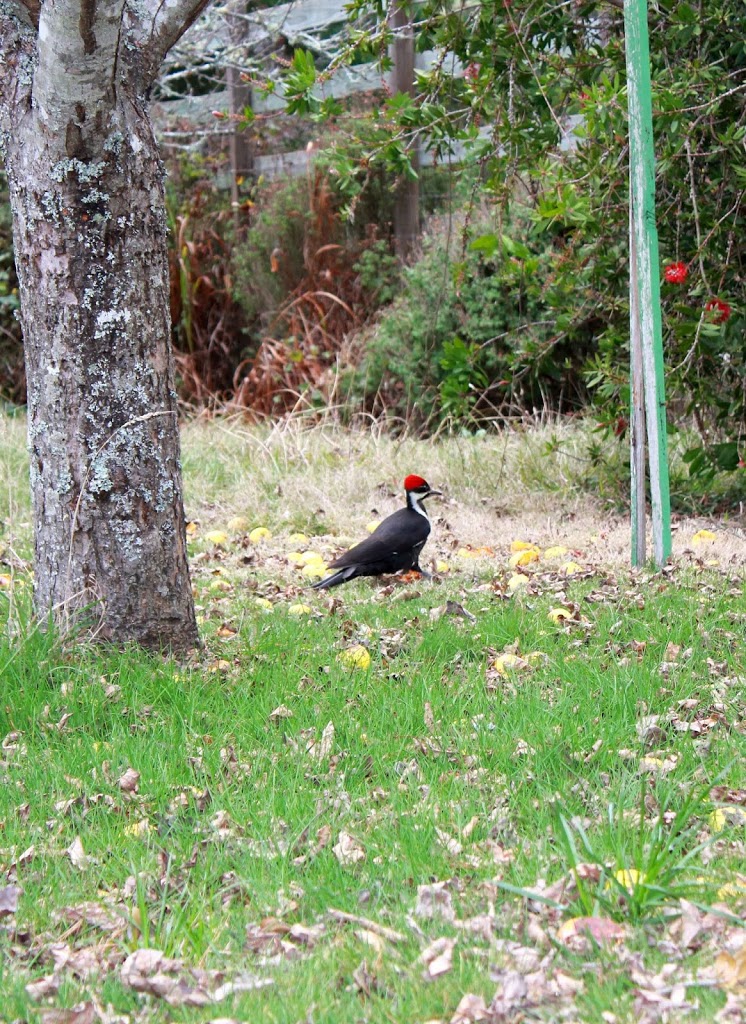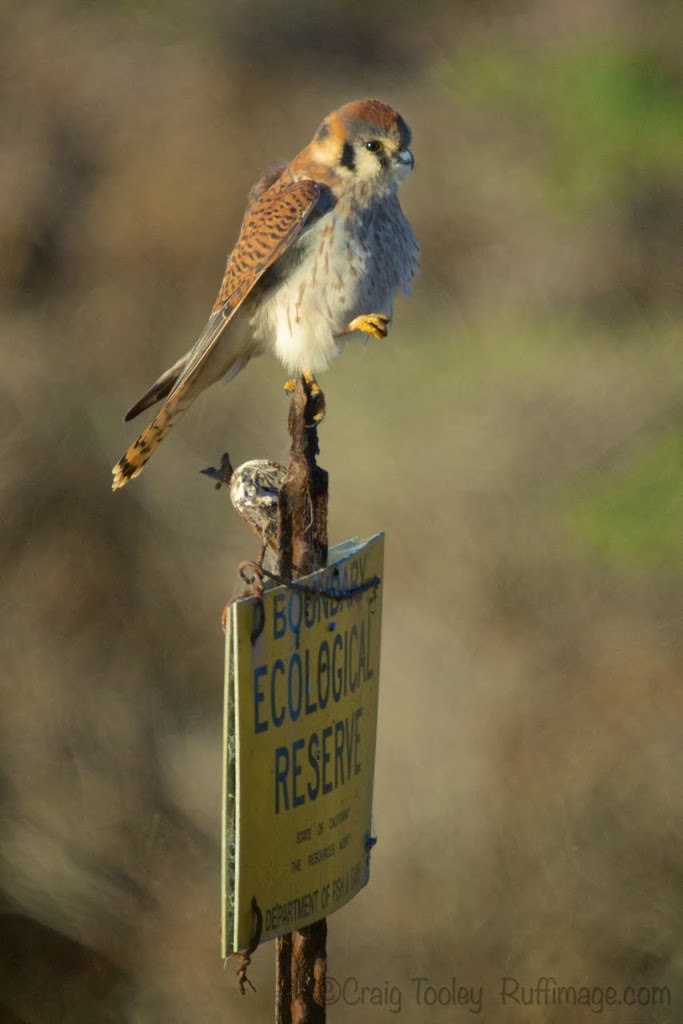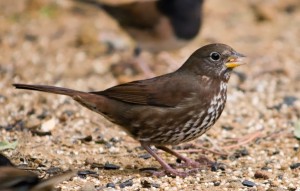This is a fun bird to see as it looks like it is having a bad hair day! Belted Kingfishers, Megaceryle alcyon, are seen on the Mendonoma Coast more often in the wintertime. Craig Tooley recently photographed one, this one a female.
You can tell this is a female because she has two breast bands, one gray near her neck and a brownish one further down. Belted Kingfisher females are more brightly colored than their male counterparts - something rather unusual in the birding world.
Kingfishers mostly eat fish and they fish by either plunging directly from their perch or by hovering over the water. They breed far to our north.
To hear their call, here is the link to the Cornell Lab of Ornithology: http://www.allaboutbirds.org/guide/belted_kingfisher/sounds
Thanks to Craig for allowing me to share his photo of this fascinating bird. To see much more of Craig's nature photography, here is the link to his website: www.ruffimage.com
